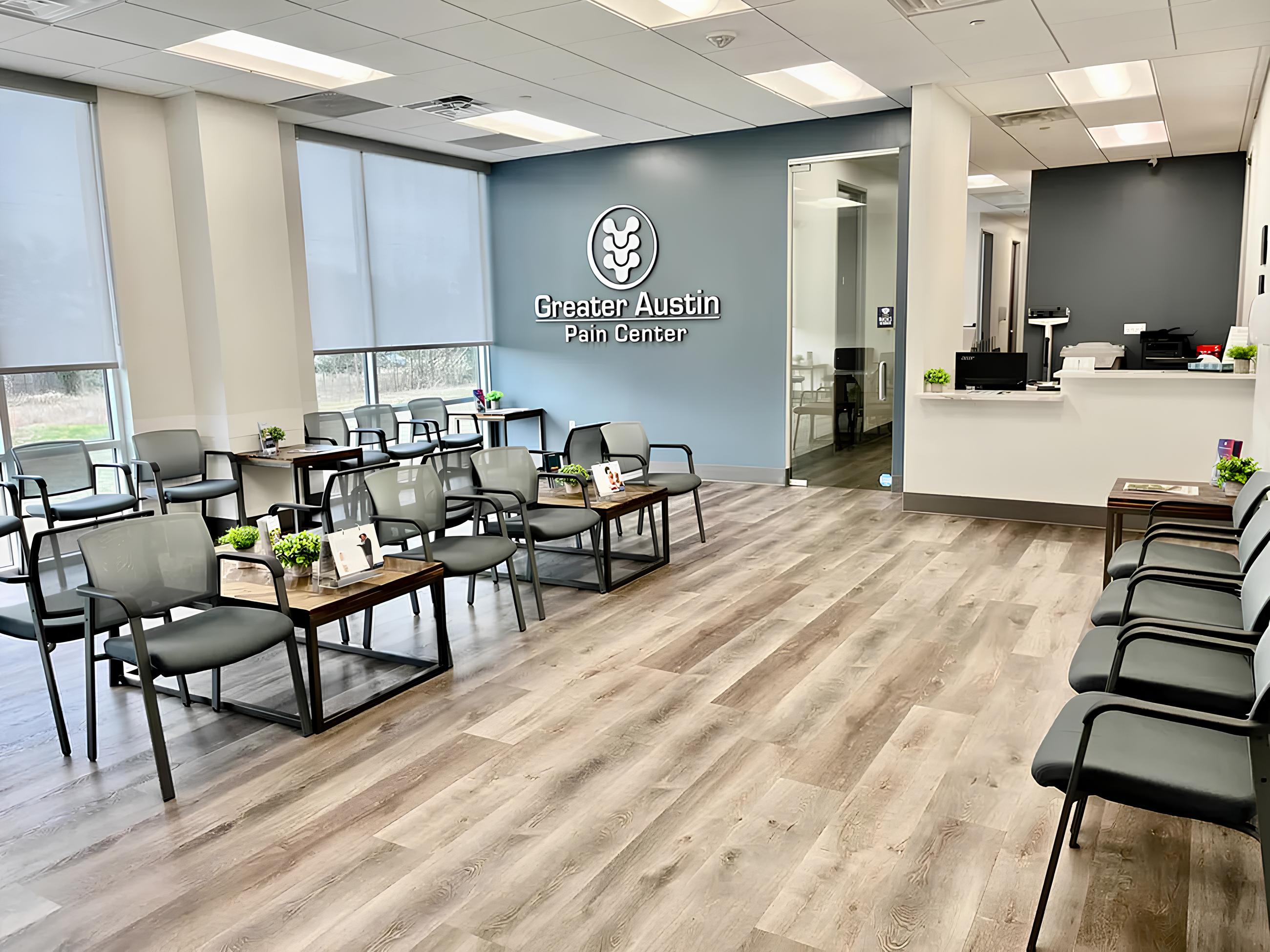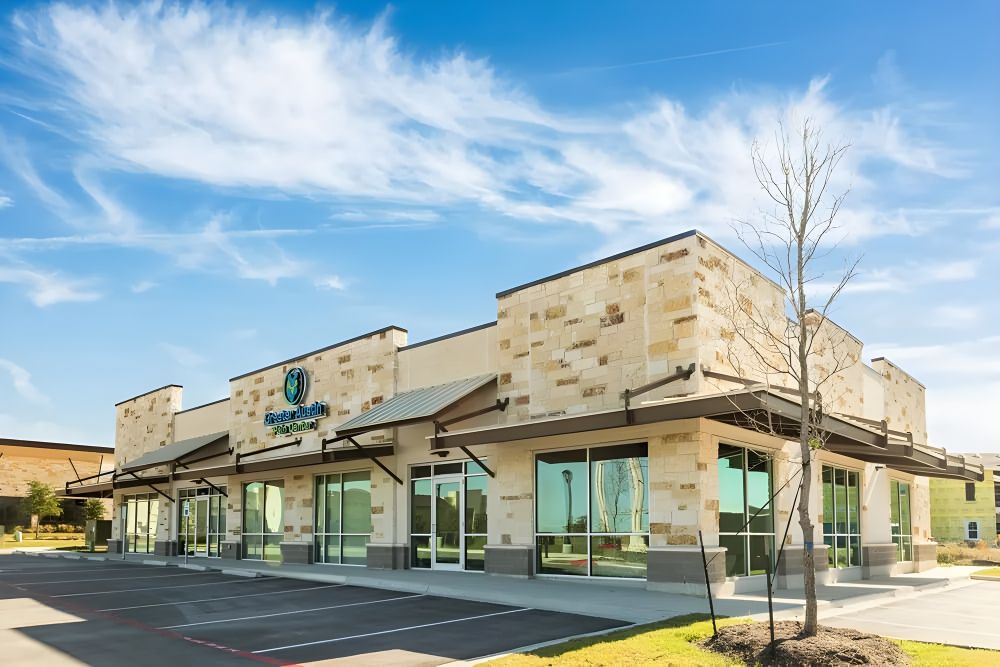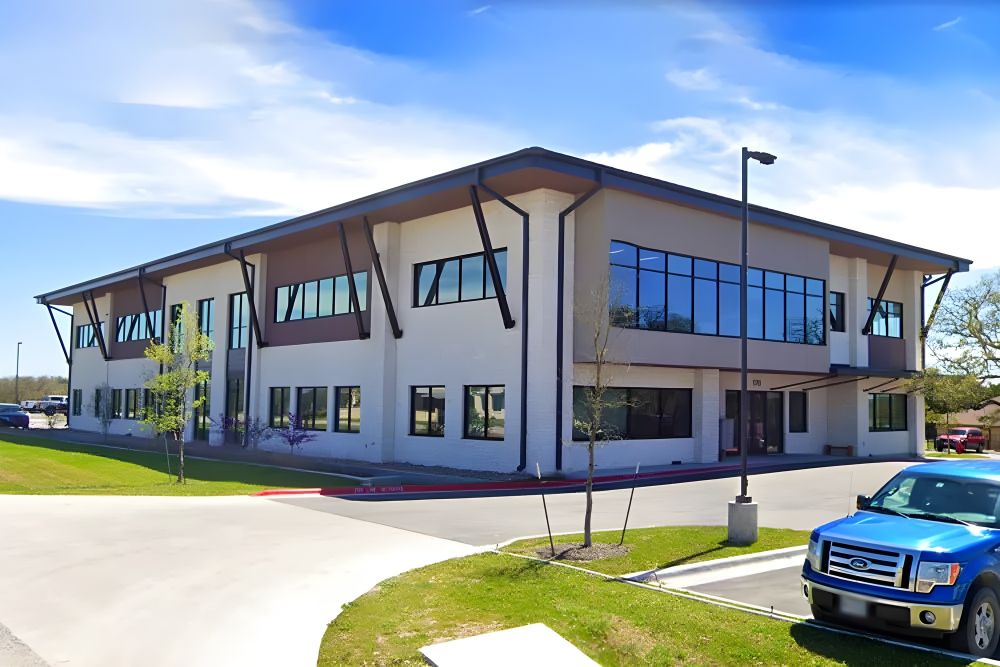Coccydynia pain can affect individuals of any age. However, specific factors may increase the likelihood of developing this condition. Some potential risk factors for coccydynia include:
Trauma or Injury:
Individuals who have experienced direct injuries or trauma to the tailbone, such as falls or childbirth-related injuries, have a higher risk of coccydynia pain.
Repetitive Strain:
Engaging in activities that repeatedly stress the tailbone, like cycling, rowing, or prolonged sitting on hard surfaces, may elevate the risk.
Poor Posture:
Maintaining poor posture, especially during extended periods of sitting, can exert pressure on the tailbone and increase the risk of coccydynia.
Obesity:
Excess weight or obesity can add pressure to the tailbone and surrounding structures, potentially leading to coccyx pain.
Age:
Older individuals may be more susceptible to coccydynia due to age-related degenerative changes in the coccyx and nearby structures.
Gender:
Women may have a higher risk of tailbone pain due to the potential for injury or trauma during childbirth. The female pelvis is generally wider, which can affect coccyx alignment and pressure.
Sedentary Lifestyle:
People with a sedentary lifestyle or desk jobs involving prolonged sitting may experience coccydynia pain more frequently.
Medical Conditions:
Certain medical conditions, such as hypermobility of the sacrococcygeal joint or inflammatory joint disorders, may increase the risk of coccydynia.






















